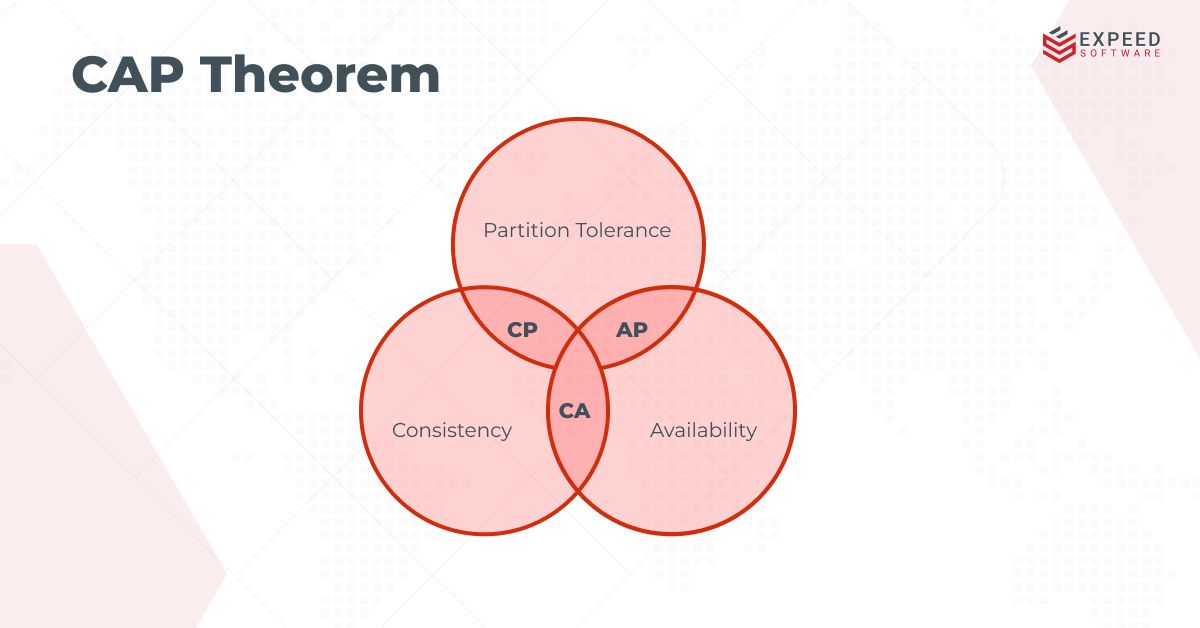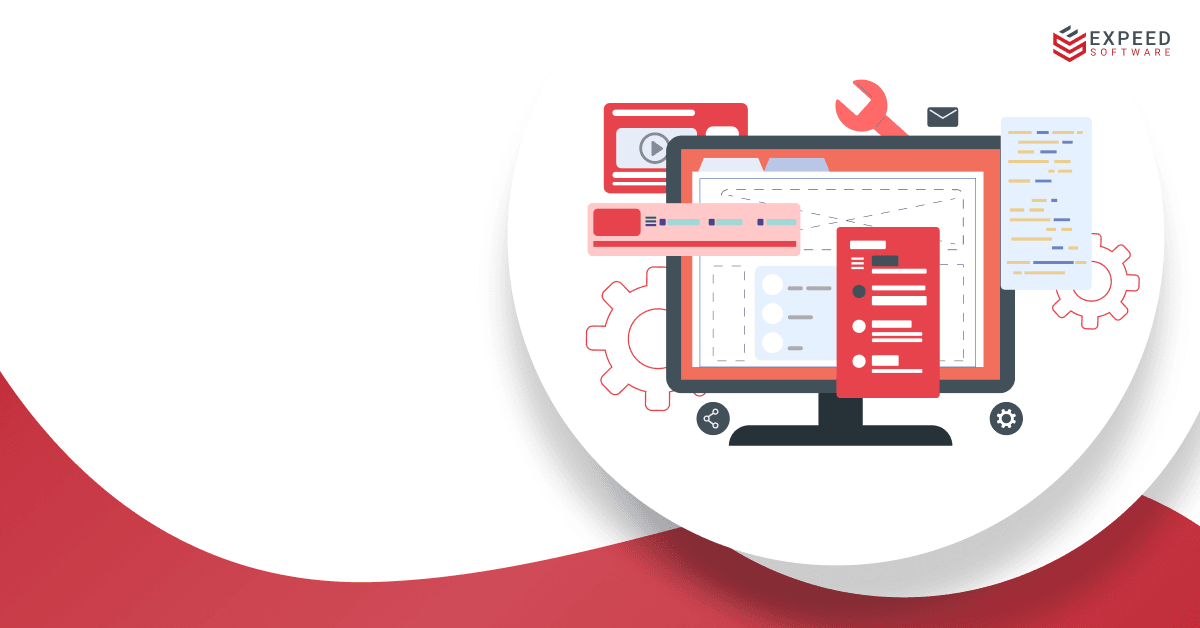What is System Design?
At its core, system design is the process of planning how a software system will be built. This process begins with an idea and continues until the system is implemented. If you imagine constructing a city, system design is the phase where you decide where the roads will go, where the houses will stand, how traffic will flow, and where the power supply will come from.
A good design ensures that the system is not just functional today but also capable of adapting to tomorrow’s challenges. To achieve this, engineers always think about four crucial qualities: scalability, reliability, maintainability, and performance.
The Four Pillars of System Design
Scalability
Scalability means the ability of a system to handle growth. An app that works perfectly for one thousand users might collapse if one million people try to use it at the same time. Flipkart, for instance, has to prepare for massive traffic spikes during its Big Billion Days sale. If its system were not scalable, users would face delays, failed payments, and empty carts. A scalable system grows smoothly with its user base.
Reliability
Reliability refers to the trustworthiness of the system. A reliable system continues to function even when parts of it fail. Imagine if Google’s search engine stopped working every time one of its servers went down. Instead, Google has designed its system so that when one server fails, another immediately takes over. To the user, the experience is uninterrupted.
Maintainability
Software systems are never finished. New features need to be added, old features must be improved, and bugs inevitably appear. Maintainability ensures that these changes can be made easily. A system with clean, modular code allows engineers to add new features or fix problems without rewriting everything. Think of it like renovating a house with well-planned rooms versus one where the plumbing and wiring are tangled into a single mess.
Performance
Performance is about speed. Users expect apps to respond quickly regardless of the load. If WhatsApp messages took a full minute to deliver or Netflix took hours to buffer, users would simply leave. A high-performing system delivers responses in seconds, no matter how many users are online.
High-Level Design and Low-Level Design
System design is usually divided into two stages: high-level design (HLD) and low-level design (LLD).
High-Level Design
High-level design is the architectural blueprint of the system. It outlines the components required and how they interact with one another. For example, if you were building an e-commerce app, your high-level design might include an authentication system, a product database, a payment gateway, a cache for quick access to frequently used data, and a load balancer to distribute requests evenly.
At this stage, the focus is not on the details of how each component will work but on ensuring that all necessary components are identified and properly connected. It is like deciding that a house will have three bedrooms, two bathrooms, and a kitchen, and that the living room will connect them all.
Low-Level Design
Low-level design is where the details come in. It involves deciding how each component will be built and implemented. For example, in the case of the authentication system, you would design functions like userLogin, decide how the database tables will store user credentials, and plan how password verification will be performed securely.
Low-level design is like choosing the materials for the walls, the wiring for the electricity, and the type of tiles for the kitchen. It is detailed and technical, but essential for bringing the high-level design to life.
Why Distributed Systems are Necessary
Imagine a scenario where all users of an app are connected to a single server located in Hyderabad. At first, it works fine. But as the number of users grows, the server becomes slower. During peak hours, it may even crash completely. Now imagine that this same server is expected to handle requests not only from Hyderabad but also from Mumbai, Delhi, New York, and London. It is impossible for a single machine to handle such a massive load.
This is why modern companies use distributed systems. Instead of relying on one server, they deploy multiple servers across different locations. If a user in Hyderabad logs in, their request is handled by a server in Hyderabad. If someone in New York uses the app, their request goes to a server in New York. This way, no single server is overloaded, and users enjoy faster responses.
Distributed systems are like opening multiple branches of a bank in different cities instead of asking everyone to visit the headquarters in one location.
The CAP Theorem
While distributed systems solve many problems, they also introduce new challenges. The most famous of these challenges is explained by the CAP theorem.
The CAP theorem states that in a distributed system, you can only guarantee two out of three properties: consistency, availability, and partition tolerance.

- Consistency means every user sees the same data at the same time. If you order the last phone in stock, other users should immediately see that the product is unavailable.
- Availability means the system always responds. Even if the response is an error message like “Try Again,” the system should not simply fail to reply.
- Partition Tolerance means the system can continue to work even if there are network failures or breaks in communication between servers.
The rule of the CAP theorem is that you cannot have all three at the same time. You must choose which two are most important for your system and accept compromises on the third.
CAP Theorem in Real Life
Different applications prioritize different properties based on their needs.
For e-commerce platforms like Flipkart, consistency is crucial. Customers need accurate information about product availability and their orders. Availability is also essential, because the site cannot afford to go down during peak sales. Partition tolerance is the one that can be compromised, meaning that if there are temporary network issues, some features may pause, but the core shopping experience remains intact.
For messaging applications like WhatsApp, availability is more important than consistency. Users should always be able to send messages, even if the messages take a little time to sync across all devices. Partition tolerance is also essential, because messages should still go through even if there are server issues. In this case, consistency can be compromised.
For banking applications, consistency cannot be sacrificed. Account balances and transaction details must always be correct. Partition tolerance is equally important, because transactions should succeed even if there are network failures. Availability is the one property that can be compromised, since customers are willing to tolerate occasional downtime as long as their money is safe and their records are accurate.
Why System Design Matters Today
In the digital age, the importance of system design has grown immensely. Businesses are no longer serving hundreds of users; they are serving millions, often across the world. Downtime can cost millions of dollars, slow performance can drive customers away, and poor maintainability can make systems brittle and outdated within a few years.
System design ensures that systems can scale gracefully, withstand failures, remain easy to improve, and continue to perform under pressure. It is the invisible foundation behind every successful digital product you use daily.
Conclusion
System design is about more than writing efficient code. It is about planning for scale, preparing for failure, and making trade-offs that suit the goals of the application. By focusing on scalability, reliability, maintainability, and performance, and by carefully balancing consistency, availability, and partition tolerance, engineers can build systems that truly stand the test of time.
The next time you place an order, send a message, or check your bank balance, remember that you are experiencing the result of carefully crafted system design decisions.


